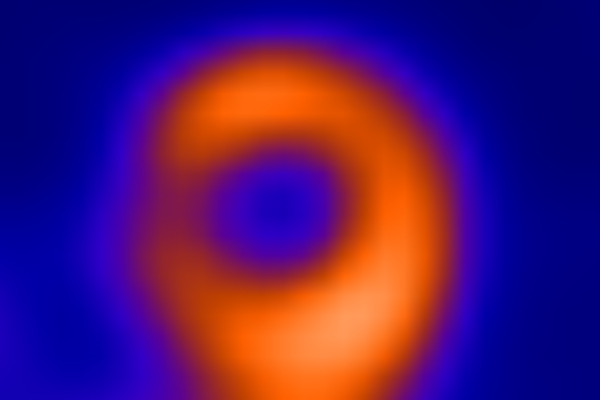Making every photon count
With an NSF CAREER Award, Abhinav Jha will develop approaches for list-mode imaging that improve information collection and may redefine imaging-system limits

In imaging applications used for everything from astronomy to medical imaging, scientists aim to extract maximum information from each tiny bit of light they capture. However, current approaches lose information during data processing, necessitating new imaging methods to make each photon count.
Abhinav Jha, assistant professor of biomedical engineering in the McKelvey School of Engineering and of radiology at Mallinckrodt Institute of Radiology in the School of Medicine, both at Washington University in St. Louis, will develop one such method with a five-year, $500,000 CAREER Award from the National Science Foundation. The NSF CAREER awards support junior faculty who model the role of teacher-scholar through outstanding research, excellence in education and the integration of education and research within the context of the mission of their organization. One-third of current McKelvey Engineering faculty have received the award.
Jha’s CAREER project focuses on developing new approaches to process data from list-mode imaging systems. These systems collect and store data for every photon they detect, rather than producing a single image from a continuous stream of data as traditional imaging systems do. The goal with the data acquired from list-mode imaging systems typically is to perform some task, such as detection of a gamma-ray burst in astronomy or estimation of tumor volume in medical imaging.
Jha notes that current methods to extract this task-specific information from list-mode systems often require grouping the data into pixels, which results in loss of information. He will address this critical shortcoming by developing novel algorithms that will extract task-specific information while directly processing data on a per-photon basis.
“In many imaging applications, ranging all the way from imaging living systems to astrophotography, the imaging systems do not detect many photons,” Jha said. “Additionally, for applications such as medical imaging, we want to be able to reduce radiation dose or the time over which the patient has to lie on a scanner, which then would lead to lower number of detected photons. This has led to an important need for methods to extract the maximal information from each collected photon.”
As part of the project, Jha will also seek to connect mathematics with practical examples to help students engage with the fundamental aspects of imaging sciences.
“Imaging sciences is a rapidly growing field with multiple applications and much excitement, especially with an explosion in the use of AI for imaging,” Jha said. “For strong impact and to avoid false discoveries, a knowledge of the fundamental aspects has never been more urgent and crucial.”
“Ultimately, I’m very excited to develop a list-mode paradigm that, by advancing on work by our and other groups, will probe and push the limits of task-specific information that can be extracted from photons detected by an imaging system,” Jha added. “I’m also eager to educate and motivate students with the goal of training the next generation of imaging scientists.”




